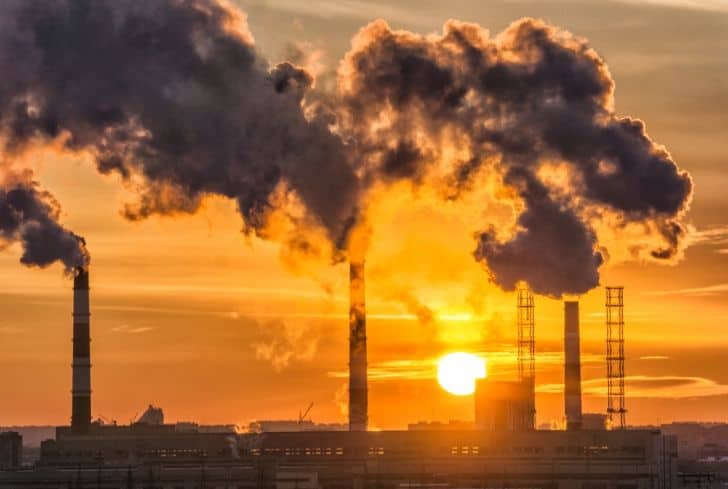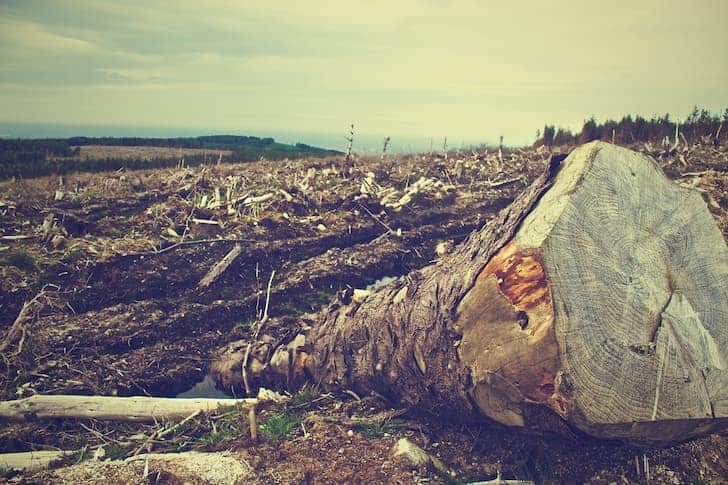Air Pollution due to Growing Industrialization: Causes, Impacts, and Mitigation Strategies
Air pollution resulting from growing industrialization has become a major global concern due to its detrimental effects on human health, the environment, and the economy. This study aims to provide an in-depth analysis of the causes, impacts, and potential mitigation strategies for air pollution associated with industrial growth. Through a comprehensive review of literature, research findings, and case studies, this study highlights the complex interplay between industrialization and air pollution, while emphasizing the urgent need for effective solutions to address this pressing issue.
1.Introduction:
Industrialization has led to unprecedented economic growth and technological advancements, but it has also resulted in increased emissions of pollutants into the atmosphere. The combustion of fossil fuels, industrial processes, transportation, and energy production are major contributors to industrial air pollution. This study explores the multifaceted aspects of air pollution due to growing industrialization, including its causes, impacts on human health and the environment, and potential strategies for mitigation.
2.Causes of Industrial Air Pollution:
Industrial activities release a variety of pollutants into the air, including particulate matter (PM), sulfur dioxide (SO2), nitrogen oxides (NOx), volatile organic compounds (VOCs), and greenhouse gases (GHGs). Factors such as inefficient combustion processes, outdated technologies, inadequate emission controls, and reliance on fossil fuels contribute to the high levels of air pollution associated with industrialization.
3.Health Impacts:
Exposure to industrial air pollution poses serious risks to human health. Fine particulate matter (PM2.5) and other pollutants released by industries can penetrate deep into the respiratory system, leading to respiratory diseases, cardiovascular problems, and premature death. Long-term exposure to industrial emissions has been linked to lung cancer, asthma, allergies, and other respiratory illnesses. Vulnerable populations, such as children, the elderly, and individuals with pre-existing health conditions, are particularly susceptible to the health impacts of industrial air pollution.
4.Environmental Effects:
Industrial air pollution also has profound effects on the environment. Emissions of sulfur dioxide and nitrogen oxides contribute to acid rain, which damages ecosystems, forests, freshwater systems, and soil quality. Air pollutants can contaminate water bodies and soil, affecting biodiversity and disrupting ecological balance. Additionally, industrial emissions of greenhouse gases contribute to climate change, leading to global warming, sea-level rise, and altered weather patterns.
5.Economic Implications:
The economic implications of industrial air pollution are significant. Healthcare costs associated with pollution-related illnesses, productivity losses due to worker absenteeism, and damage to agricultural crops and infrastructure place a considerable burden on societies. Additionally, environmental degradation caused by air pollution can impact tourism, property values, and the overall quality of life, which in turn affects economic growth. Transitioning to cleaner industrial processes and technologies can yield economic benefits through improved public health, reduced environmental damage, and the creation of green jobs.
6.Policy and Mitigation Strategies:
Mitigating industrial air pollution requires a multifaceted approach involving policy interventions, technological advancements, and behavioral changes. Governments and regulatory bodies play a crucial role in setting and enforcing emission standards, promoting the adoption of cleaner technologies, and incentivizing sustainable practices. Additionally, industrial stakeholders can invest in research and development to improve energy efficiency, adopt renewable energy sources, and implement pollution control measures. Public awareness campaigns and education are also important in fostering a culture of environmental responsibility and encouraging individual actions to reduce air pollution.
7.Case Studies:
This study examines notable case studies from different regions to provide real-world examples of efforts to address industrial air pollution. It explores successful initiatives such as the implementation of emission trading schemes, the adoption of cleaner production technologies, and the establishment of pollution monitoring and control systems. These case studies highlight the effectiveness of various approaches in reducing industrial air pollution and can serve as models for other regions facing similar challenges.
8.Conclusion:
Air pollution resulting from growing industrialization is a pressing global issue that necessitates urgent action. The causes and impacts of industrial air pollution are extensive and affect multiple dimensions of society. Effective mitigation strategies require a comprehensive approach involving policy interventions, technological advancements, and behavioral changes at various levels. Collaborative efforts among governments, industries, researchers, and communities are essential to achieve sustainable industrial growth while minimizing the adverse effects of air pollution on human health and the environment. By implementing proactive measures, societies can mitigate the impacts of industrial air pollution and move toward a cleaner and healthier future.
Air pollution resulting from growing industrialization is a significant and complex issue with far-reaching consequences. As industrial activities expand to meet the demands of economic growth, the release of pollutants into the atmosphere increases substantially. The combustion of fossil fuels, including coal, oil, and natural gas, is a primary source of industrial air pollution. Additionally, industrial processes such as manufacturing, mining, and transportation emit various pollutants, including particulate matter, sulfur dioxide, nitrogen oxides, volatile organic compounds, and hazardous air pollutants.
The impacts of air pollution due to industrialization are wide-ranging and affect multiple aspects of society. One of the most concerning effects is on human health. Exposure to industrial emissions can lead to respiratory diseases, cardiovascular problems, and even premature death. The fine particulate matter and toxic gases released by industries can penetrate deep into the lungs, causing inflammation and damage to the respiratory system. Vulnerable populations, such as children, the elderly, and individuals with pre-existing health conditions, are particularly susceptible to the health risks posed by industrial air pollution.
Furthermore, industrial air pollution has severe environmental implications. Acid rain, caused by emissions of sulfur dioxide and nitrogen oxides, harms forests, freshwater ecosystems, and soil quality, affecting biodiversity and ecosystem balance. Pollutants released into the air can also contaminate water bodies, posing risks to aquatic life. Moreover, the emissions of greenhouse gases from industrial activities contribute to climate change, leading to global warming, rising sea levels, and altered weather patterns. These environmental impacts have long-term consequences for ecosystems, natural resources, and the overall health of the planet.








































